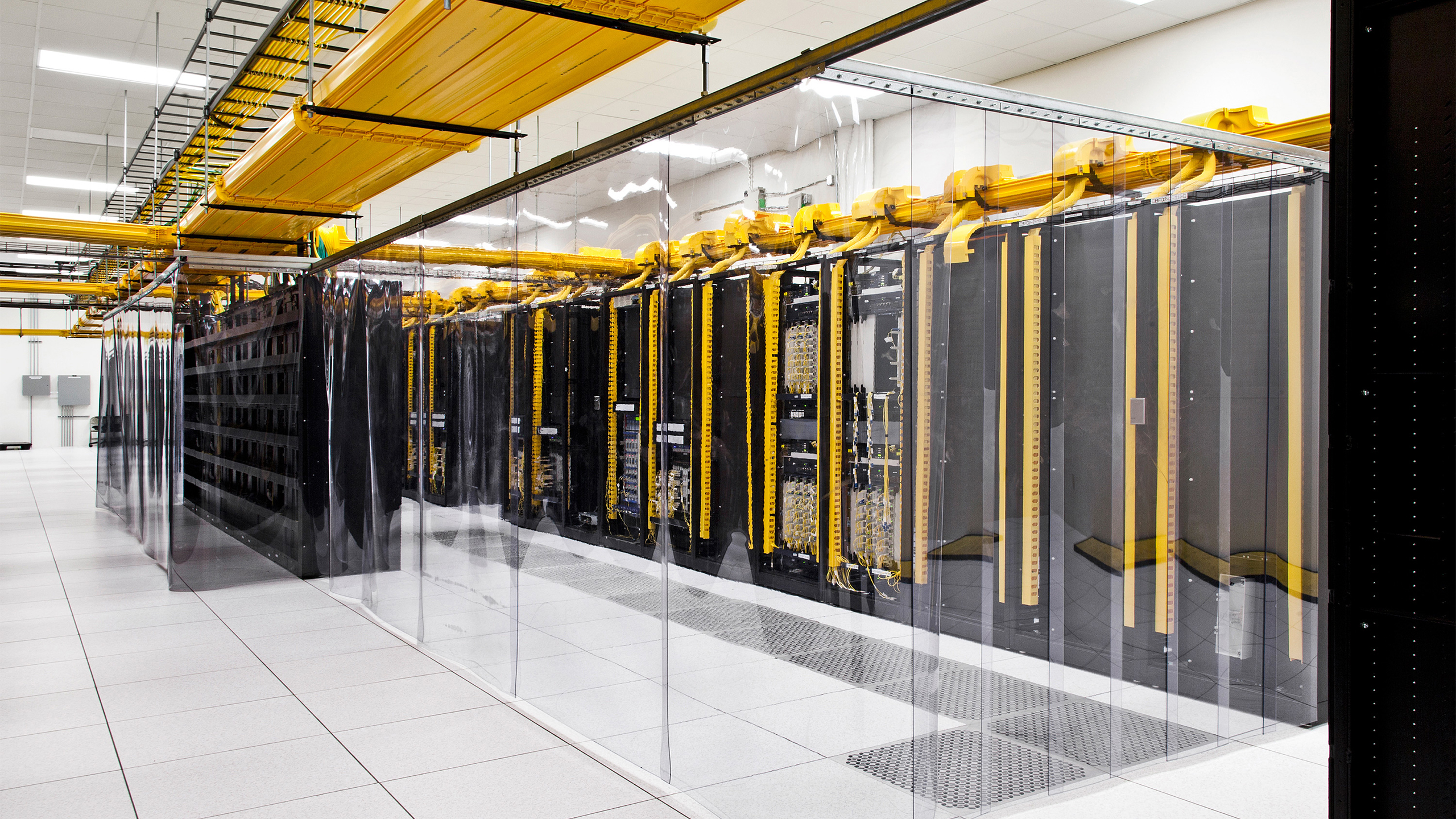China is developing nation-spanning network to sell surplus data center compute power — latency, disparate hardware are key hurdles

After a rapid expansion left China with excess capacity of compute power in underused data centers, the country is reevaluating its approach to data center development. Authorities are now working on a national plan to regulate growth, optimize existing resources, and link facilities into a unified computing network that can sell unused compute power to those who need it, reports Reuters.
From boom to bust: Many Chinese datacenters sit idle, or underused
Driven by the 'Eastern Data, Western Computing' strategy, various startups built hundreds of large-scale data centers for AI and cloud computing in the People's Republic. This initiative encouraged local governments to build data centers in the country's western regions, where electricity is cheaper, to serve demand from the eastern economic zones. Analysts argued that while building in remote provinces lowers energy costs, it often compromises latencies, which in turn lowers demand for their services, as many applications are latency sensitive.
Many data centers were built on the assumption that state-owned companies and government agencies would purchase computing power. However, demand has fallen short of expectations, leaving many data centers idle or operating at a 20% - 30% load, way below their capacity.
And despite the weak outlook, investments continued and state spending on data centers totaled $3.4 billion in 2024, which was even more than in 2023. This year, around $1.73 billion has been spent on data center infrastructure, according to government procurement data reviewed by Reuters.
Now, concerns are growing among local governments about the long-term viability of their investments. Over the past 18 months, more than 100 data center projects have been scrapped, a sharp increase from just 11 cancellations in all of 2023.
As a result, the National Development and Reform Commission (NDRC) is conducting a comprehensive review of the sector, imposing new restrictions to prevent overbuilding. For example, reviews of projects are now more thorough, and there is a ban on small-scale computing infrastructure funded by local authorities. The goal is to filter out projects lacking economic justification and ensure that new facilities meet basic efficiency criteria, such as minimum utilization thresholds and purchase contracts.
Cloud platform
In parallel, the Ministry of Industry and Information Technology (MIIT) is exploring the creation of a centralized cloud platform to aggregate unused computing power across the country and offer computing capacity as a service to users around China through a centralized national network. The plan is developed in cooperation with three state-owned telecom providers, China Mobile, China Telecom, and China Unicom. However, there are technical challenges with such a platform.
Get Tom's Hardware's best news and in-depth reviews, straight to your inbox.
When the 'Eastern Data, Western Computing' initiative was launched, Beijing set a goal of achieving a network latency of 20 milliseconds, which is necessary for real-time applications like financial services or high-frequency trading. However, many western-region centers fail to meet this performance standard due to infrastructure limitations.
Another obstacle is the diversity of computing hardware used across different facilities. Some data centers use Nvidia GPUs and the CUDA software stack, while others rely on Huawei's Ascend accelerators and the CANN software stack. As a result, it is impossible to integrate them into a single, seamless cloud environment, which poses a major hurdle to the success of the proposed unified platform. The MIIT may have to offer a choice of hardware to clients, which might not help to improve utilization of Huawei-based facilities, but will at least boost utilization of Nvidia-powered clusters.
Despite these issues, Beijing remains committed to its national computing network. Officials believe that centralized scheduling and orchestration of computing power will support China’s ambitions in AI and cloud services and facilitate better return-on-investment for at least some projects. However, analysts say that the integration of diverse hardware is an extremely complex endeavor, which will take time and may not deliver on its full promise.
Follow Tom's Hardware on Google News to get our up-to-date news, analysis, and reviews in your feeds. Make sure to click the Follow button.

Anton Shilov is a contributing writer at Tom’s Hardware. Over the past couple of decades, he has covered everything from CPUs and GPUs to supercomputers and from modern process technologies and latest fab tools to high-tech industry trends.